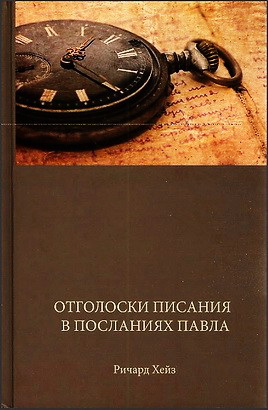
Boyd - The Crucifixion of the Warrior God - Бойд - Распятие Бога-Воителя
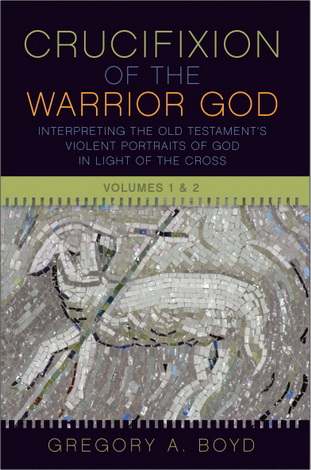
For reasons that will become clear later on in this book, I have come to believe that Jesus revealed an agape-centered, other-oriented, selfsacrificial God who opposes violence and who commands his people to refrain from violence (e.g., Matt 5:39–45; Luke 6:27–36). I also believe in the divine inspiration of the Old Testament (OT), primarily because I have good reason to believe Jesus treated it as such. Since I confess Jesus to be Lord, I do not feel free to disagree with him on this matter. Yet I and everyone else who shares these two convictions face a conundrum.
How are we to reconcile the God revealed in Christ, who chose to die for his enemies rather than to crush them, with the many OT portraits of Yahweh violently smiting his enemies? How are we to reconcile the God revealed in Christ, who made swearing off violence a precondition for being considered a “child of your Father in heaven” (Matt 5:45), with the portraits of Yahweh commanding his followers to slaughter every man, woman, child, and animal in certain regions of Canaan (e.g., Deut 7:2, 20:16–20)? How are we to reconcile the God revealed in Christ, who with his dying breath prayed for the forgiveness of his tormenters (Luke 23:34) and who taught his disciples to forgive “seven times seventy” (Matt 18:21–22), with the OT’s portraits of God threatening a curse on anyone who extended mercy toward enemies (Jer 48:10; cf. Deut 7:2, 16; 13:8; 19:13)? And how can we possibly reconcile the God revealed in Christ, who expressed profound love for children, promising blessings on all who treated them well and pronouncing warnings for all who might harm them (Luke 18:15–17; Matt 10:42, 18:6–14), with the OT portrait of God bringing judgment on his people by having parents cannibalize their own children (Lev 26:28–29; Jer 19:7, 9; Lam 2:20; Ezek 5:9–10)?
Because Jesus affirmed the inspiration of the OT, I cannot agree with the many today who argue that we must simply reject such violent portraits of God, even though I cannot disagree with their claim that some of these portraits “strike us as sinister and evil.” Yet, because I believe that Jesus reveals an agape-centered, other-oriented, enemy-embracing God who opposes all violence, and because I have become convinced that the New Testament (NT) presents Jesus as the revelation that surpasses all others, I also can no longer agree with many of my fellow Evangelicals who insist that we must simply embrace these violent divine portraits as completely accurate revelations of God alongside the revelation we are given in Christ.
I am thus caught between the Scylla of Jesus’s affirmation of the OT as divinely inspired and the Charybdis of his nonviolent revelation of God. This is the conundrum that motivated me—that forced me—to write this two-volume work. With Jerome Creach and many others, I am convinced that resolving the conundrum created by the OT’s violent portraits of God constitutes “one of the greatest challenges the church faces today.”
Gregory A. Boyd - The Crucifixion of the Warrior God - Interpreting the Old Testament’s Violent Portraits of God in Light of the Cross - Бойд - Распятие Бога-Воителя - Интерпретация жестоких портретов Бога Ветхого Завета в свете Креста
Fortress Press
Minneapolis
2017. - 1445 p.
Minneapolis
2017. - 1445 p.
National Standard for Information Sciences — Permanence of Paper for Printed Library Materials.
Print ISBN: 978-1-5064-2075-2
Gregory A. Boyd - The Crucifixion of the Warrior God - Interpreting the Old Testament’s Violent Portraits of God in Light of the Cross - Бойд - Распятие Бога-Воителя - Интерпретация жестоких портретов Бога Ветхого Завета в свете Креста - Contents
Part I. The Centrality of the Crucified Christ
- 1. The Faith of Jacob: Wrestling With “Strange” and “Alien” Portraits of God
- 2. The True Face of God: The Absoluteness of the Revelation of God in Christ
- 3. Finding Jesus in the Old Testament: The Christocentric Hermeneutic of the Early Church
- 4. The Cruciform Center, Part 1: The Cross as the Supreme Revelation of God
- 5. The Cruciform Center, Part 2: The Cross as the Thematic Center of the Gospel
- 6. Is the Centrality of the Cross Thesis Defensible? Responding to Objections
Part II. The Problem of Divine Violence
- 7. The Dark Side of the Bible: Taking a Hard Look at Scripture’s “Texts of Terror”
- 8. Wrestling with Yahweh’s Violence, Part 1: The Dismissal Solution
- 9. Wrestling with Yahweh’s Violence, Part 2: The Synthesis Solution
Part III. The Cruciform Hermeneutic
- 10. A Meaning Worthy of God: The Reinterpretation Solution
- 11. Through the Lens of the Cross: Finding the Crucified Christ in Violent Depictions of God
- 12. Interpreting Scripture as God’s Word: The Cruciform Hermeneutic and the Theological Interpretation of Scripture
- Appendix I: The Alleged Anti-Judaic Attitude of the Gospels
- Appendix II: Jesus and Violence
- Appendix III: Violence in the Pauline Epistles
- Appendix IV: Violence in the Book of Revelation
Part IV. The Principle of Cruciform Accommodation
- 13. The “Masks” of a Humble God: Revelation and the Eternal Outpouring of the Triune God
- 14. The Heavenly Missionary: Yahweh’s Accommodation of the Law, Nationalism, and Violence
Part V. The Principle of Redemptive Withdrawal
- 15. Divine Aikido: The Cross as the Revelation of God’s “Wrath”
- 16. Crime and Punishment: Divine Withdrawal and the Self-Destructive Nature of Sin
- 17. Doing and Allowing: The Crucicentric Significance of Scripture’s Dual Speech Pattern
- 18. A Question of Divine Culpability: Responding to Objections to the Principle of Redemptive Withdrawal
- 19. Defending Divine Genocide: The Inadequacy of Traditional Defenses of the Conquest Narrative
- 20. When God’s Nonviolent Plans Fail: The Cruciform Interpretation of the Conquest Narrative
Part IV. The Principle of Cosmic Conflict
- 21. The Battle of the Gods: Cosmic Conflict and the Old Testament
- 22. Caught in the Cross Fire: Cosmic Conflict and the New Testament
- 22. Caught in the Cross Fire: Cosmic Conflict and the New Testament
- 23. When Hell Breaks Loose: Redemptive Withdrawal and Cosmic Conflict
- 24. The Dragon-Swallowing Dragon: Examples of Cosmic-Level Aikido Warfare
- Part VII. The Principle of Semiautonomous Power
- 25. Mauling Bears and a Lethal Palladium: When Divine Power Gets Misused
Postscript:
- Unlocking the Secret of the Scroll
- Appendix V: The Escalation of Violence in the Promised Land
- Appendix VI: Hardening People’s Hearts
- Appendix VII: Can Satan’s Kingdom Be Divided against Itself?
- Appendix VIII: The Quail Plague
- Appendix IX: The Testing of Abraham
- Appendix X: The Issue of Supersessionism
Gregory A. Boyd - The Crucifixion of the Warrior God - The Faith of Jacob: Wrestling With “Strange” and “Alien” Portraits of God
The goal of this chapter is to lay the groundwork for all that is to follow by discussing three foundational issues. First, since my concern in this volume is to develop and defend a particular hermeneutic of Scripture, I need to go beyond what was said in the introduction and spell out a bit further my understanding of what is entailed in the confession that all Scripture is “God-breathed” (2 Tim 3:16).
Second, throughout this volume, as well as the one that follows, I will be encouraging readers to honestly wrestle with Scripture’s violent portraits of God. Yet, I am aware that the frank wrestling I will be encouraging readers to participate in may strike some as undermining faith in the “God-breathed” nature of Scripture. In this second section, therefore, I will argue that while the concept of faith that many contemporary western people embrace is incompatible with honestly questioning the way God sometimes is depicted in his written word, it is not at all incompatible with the biblical concept of faith. Indeed, I will argue that one’s willingness to question the way God appears when this appearance is out of character with the way God has revealed himself to be is, from a biblical perspective, an expression of faith, not the negation of faith.
Finally, while I am focused on the urgency of the theological challenge that Scripture’s violent portraits of God pose, there are also some very serious practical challenges that these portraits pose as well. I thus want to close this chapter by reviewing three of these challenges.
As I mentioned in the introduction, I consider it beyond dispute that Jesus and the authors of the NT shared the traditional Jewish view that all the material found within the canon was “God-breathed” (theopneustos [2 Tim 3:16]).3 For this reason, the church throughout history has traditionally confessed that all material within the canon of Scripture is “God-breathed.” Without going into the multitude of disputed issues that surround how God “breathed” Scripture—issues that I will in a moment argue are as unnecessary to unravel as they are impossible to resolve—I will begin to flesh out my understanding of this confession by simply registering my agreement with the historic-orthodox tradition that this “breathing” entails that God is, in some sense, the ultimate author of all canonical works.
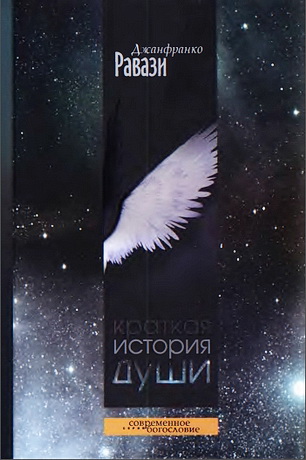
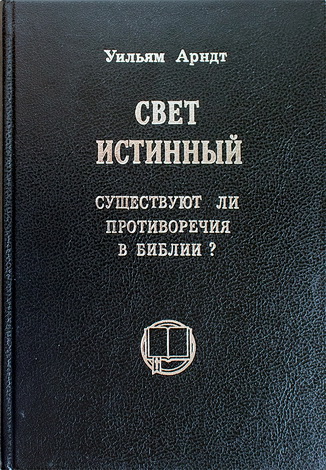
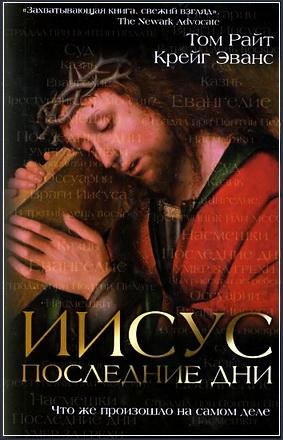
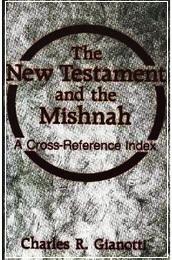
Комментарии (2 комментария)
Большое-большое спасибо! Бойд - интересный автор, прекрасный оратор и богослов!